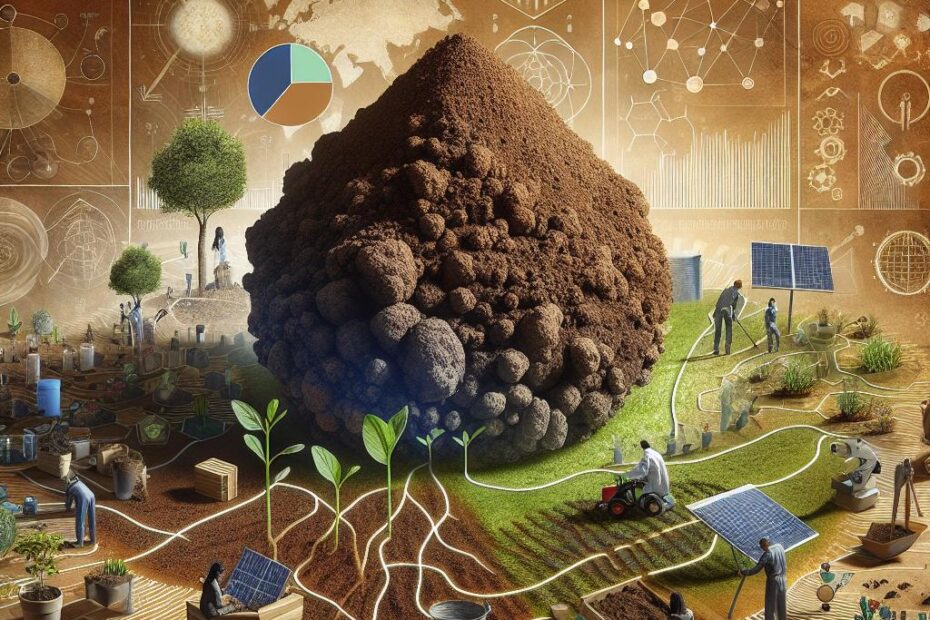Understanding High Clay Content in Soil
Clay is a type of soil composed of very fine particles that are known for their ability to hold onto water and nutrients. When soil has a high clay content, it can have a significant impact on plant growth and overall soil health. In this article, we will delve into the characteristics of high clay content soil, its benefits and challenges, as well as practical tips for managing it effectively.
Characteristics of High Clay Content Soil
Soil with a high clay content is typically very dense and compacted, which can lead to poor drainage and aeration. The fine particles in clay soil can also be easily compacted when wet, making it difficult for roots to penetrate and access nutrients. Additionally, high clay content soil tends to retain water for longer periods of time, which can sometimes lead to waterlogged conditions that are not ideal for plant growth.
Benefits and Challenges of High Clay Content Soil
Benefits:
- High clay content soil is known for its ability to hold onto nutrients, making it a fertile option for growing plants.
- Clay soil is able to retain water well, which can be beneficial during dry periods when water is scarce.
Challenges:
- Poor drainage and aeration can lead to root rot and other issues for plants grown in high clay content soil.
- Clay soil can be difficult to work with, as it becomes compacted easily and may require additional amendments to improve its structure.
Practical Tips for Managing High Clay Content Soil
While high clay content soil may present some challenges, there are ways to improve its quality and make it more suitable for plant growth. Here are some practical tips for managing high clay content soil:
- Add organic matter such as compost or manure to improve soil structure and increase drainage.
- Amend the soil with sand or perlite to help improve aeration and prevent compaction.
- Use raised beds or containers for plants that may not thrive in high clay content soil.
- Avoid working with the soil when it is too wet, as this can lead to further compaction.
Case Studies
One common example of managing high clay content soil is found in vineyards. Winemakers often struggle with clay soil due to its poor drainage and aeration, which can impact grape quality. By implementing proper soil management techniques such as cover cropping and regular tilling, vineyard managers can improve soil health and ultimately improve grape yields.
First Hand Experience
As a gardener, I have encountered the challenges of high clay content soil firsthand. By incorporating organic matter and using raised beds, I have been able to improve soil quality and successfully grow a variety of plants in my garden. It takes time and effort, but with proper management techniques, high clay content soil can be transformed into a fertile growing medium.
Conclusion
High clay content soil can present challenges for gardeners and farmers, but with the right techniques and strategies, it can be managed effectively. By understanding the characteristics of clay soil, its benefits and challenges, and implementing practical tips for improvement, you can turn high clay content soil into a productive growing medium for a variety of plants.
